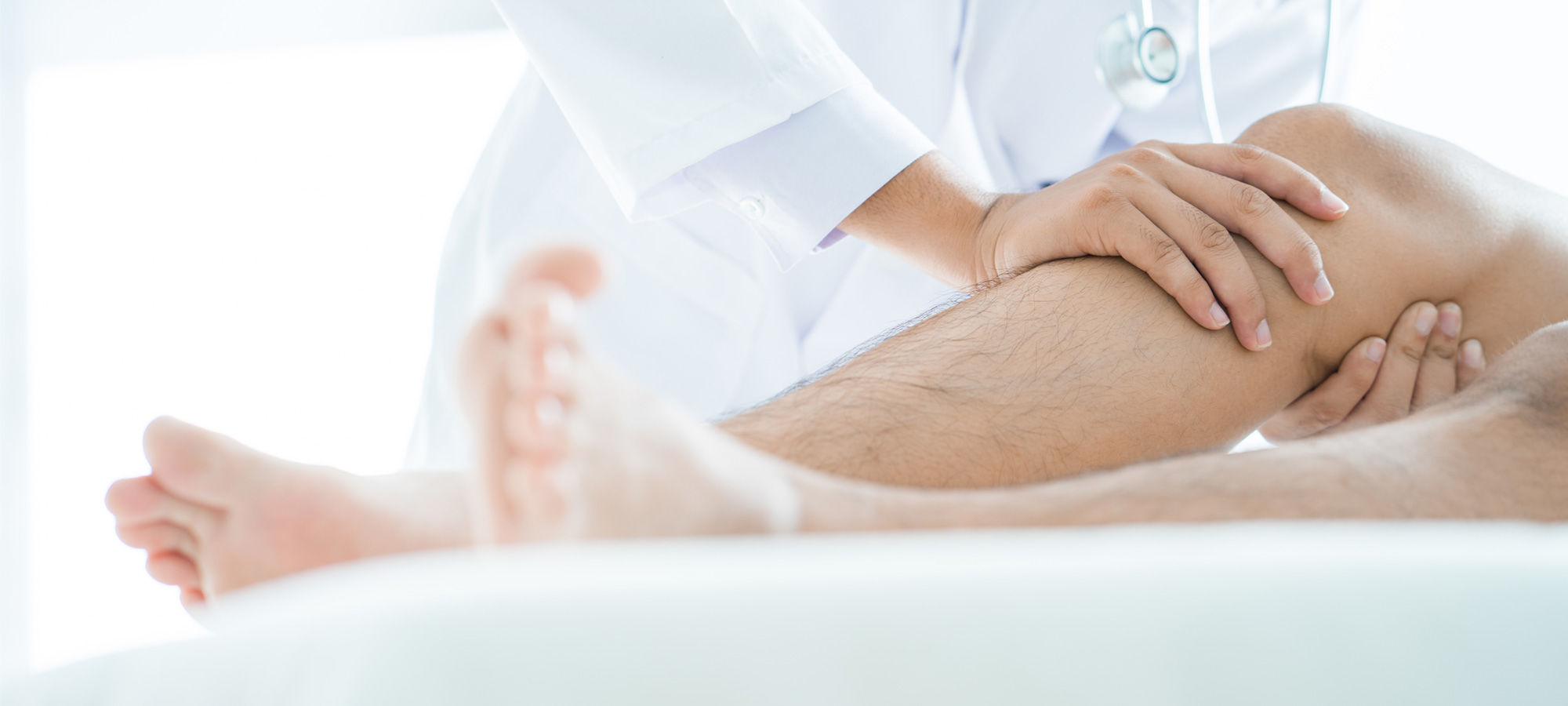| Sports Medicine: A Primary Care Perspective (3 day conference) |
| Mon Nov 12, 2018 - Wed Nov 14, 2018 |
| 8:00am-12:15pm |
| The Westin, Sarasota, Florida |
| SEMLA-3320181112 |
|

This is a new 3 day conference but can be combined with the new 2 Day – Medical Marijuana: What Primary Care Providers Need To Know conference by selecting the option labelled “2 Event Ticket” for a reduced discounted price. By selecting that option, you will be registered for both conferences.
Presented By
Presenter
-
Jennifer Maynard, M.D. (Learn More)

Assistant Professor of Family Medicine; Family & Sports Medicine Consultant; Program Director Sports Medicine Fellowship Mayo Clinic Florida -
Walter C. Taylor, M.D. (Learn More)

Assistant Professor Family Medicine, Mayo Clinic College of Medicine; Medical Advisor WTA, Emeritus Staff Mayo Clinic Florida
Course Outline
Day 1
Sports Related Concussion.
Upon completion of this session, the participant should be able to: GL, COMP
- Recognize the signs and symptoms of sports related concussion (SRC)
- Demonstrate sideline and in-office evaluation of SRC
- Apply return to play guidelines per consensus recommendations and specific state laws
Relative Energy Deficiency in Sport (RED-S), formerly Female Athlete Triad.
Upon completion of this session, the participant should be able to: GL, COMP
- Discuss the history of Female Athlete Triad and its new term RED-S
- Recognize the signs and symptoms of RED-S
- Apply a multidisciplinary treatment strategy for RED-S
- Employ individualize return to play considerations using the return to play guidelines
Common Wrist and Hand Injuries in Athletes.
Upon completion of this session, the participant should be able to: COMP, EBM
- Perform a physical examination of the hand and wrist
- Assess and discuss the treatment for patients with common forms of wrist tendon problems, including an evidenced based approach to DeQuervain’s tendosynovitis
- Describe the evidence based stepwise treatment approach to patients with osteoarthritis of the 1st carpometacarpal joint
- Discuss the evaluation of patients with suspected scaphoid fracture
- Discuss the differential diagnosis and evaluation of patients with ulnar wrist pain
Ankle Sprains.
Upon completion of this session, the participant should be able to: GL, COMP
- Discuss the use of the Ottawa Ankle Rules to determine if an x-ray is necessary after acute ankle injury
- Perform a competent ankle examination in a patient with ankle pain
- Describe the treatment of an athlete with a lateral ankle sprain
- Differentiate between a lateral ankle sprain and a high ankle sprain
Discuss the differential diagnosis of ankle pain after acute injury
Day 2
Baseball Medicine
Upon completion of this session, the participant should be able to: COMP, EBM
- Illustrate biomechanics of overhand throwing
- Recognize youth baseball injuries of the upper extremity and discuss treatment
- Understand adult injury counterparts to upper extremity injuries and discuss non-operative vs operative techniques
- Use evidence based medicine to provide recommendations about prevention of injury, especially in youth baseball pitching
Pediatric Orthopedic Injuries.
Upon completion of this session, the participant should be able to: GL, COMP
- Identify the areas of a long bone in a child and describe the Salter-Harris fracture classification
- Recognize common injuries and treatment recommendations of the pediatric upper and lower extremity
- Evaluate various apophyseal injuries based on location
Cardiac Conditions in Young Athletes.
Upon completion of this session, the participant should be able to: COMP, GL
- Differentiate Athletic Heart Syndrome from significant cardiovascular disease, such as Hypertrophic Cardiomyopathy in young athletes
- Discuss the causes of sudden cardiac death in young athletes
- Employ the AHA/ACC Scientific Statement on Eligibility and disqualification of athletes with cardiac abnormalities
- Discuss the controversies in the use of the screening EKG in young athletes
The Sports Pre-participation Examination (PPE).
Upon completion of this session, the participant should be able to: GL, COMP
- Employ the American Heart Association Guidelines when screening athletes for cardiovascular disease during the PPE
- Determine if an athlete with impaired vision or solitary kidney can be cleared to participate in sports
- Determine under what circumstances an athlete with seizure disorder can be cleared to participate in specific sports
Employ BP guidelines for children and adolescents with respect to sports participation
Day 3
Knee Examination- A Practical Hands-On Approach.
Upon completion of this session, the participant should be able to: COMP
- Identify the relevant anatomy of the knee
- Demonstrate key physical exam findings of the knee including:
- Inspection
- Palpation
- Range of motion
- Special tests (Lachman, Anterior drawer, Valgus/Varus stress, Patellar apprehension, McMurray, Apley, Thessaly)
Common Knee Injuries.
Upon completion of this session, the participant should be able to: COMP, EBM
- Recognize, evaluate, and understand evidence based treatment options for common knee injuries seen in primary care including:
- Ligament injures (MCL, LCL, ACL)
- Meniscal injuries
- Patellofemoral Pain syndrome
- Osteoarthritis
Get a Grip: How to Treat Your Injured Tennis Players.
Upon completion of this session, the participant should be able to: COMP, EBM
- Describe the epidemiology of tennis injuries
- Describe the common injuries that affect tennis players, based on epidemiologic studies
- Discuss the evaluation and evidenced based treatment options for patient’s with lateral epicondylitis
- Describe a Return to Tennis Program for players returning from injury
- Understand the rules governing evaluation of injury on court, when serving as a tournament physician
Shoulder Examination – A Practical Hands-On Approach.
Upon completion of this session, the participant should be able to: COMP
- Discuss relevant anatomy of the shoulder
- Demonstrate the components of the shoulder examination
Discuss shoulder examination findings which help differentiate between rotator cuff pathology, instability of the glenohumeral joint and labral pathology
Accreditation
This program is not yet approved for CME credit.


